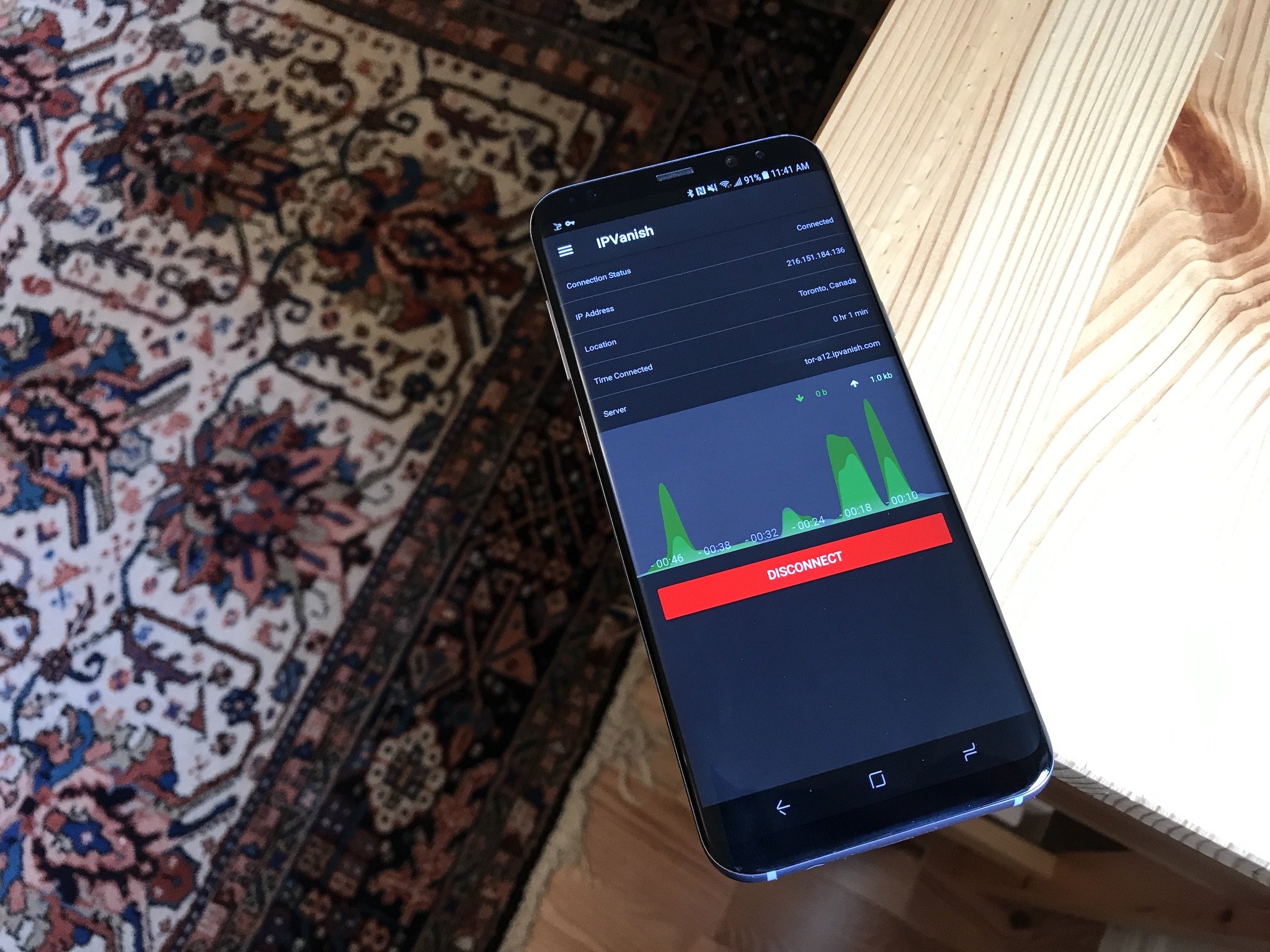D
Deleted member 76648
Prerequisite: Root | Custom ROM | DPITunnel ( zhenyolka/DPITunnel )
Steps:
Part I:
i. Install DPITunnel and go to settings (cog on the right hand corner).
ii. In the HTTPS and HTTP section enter "40" (without quotes) into Split position.
iii. Make sure 'Change HOST header' is enabled and enter "hoSt" (without quotes) into HOST header spell.
iv. Enable 'Remove space after HOST header'.
v. In 'Other' section untick Use hostlist.
vi. For convenience Enable 'Set DPITunnel proxy globally'.
Part II:
i. Install termux ( Termux | F-Droid - Free and Open Source Android App Repository OR Termux - Apps on Google Play )
ii. Type "su"(without quotes) and hit enter.
iii. Enter the following commands one by one:
iptables -A FORWARD -p tcp --sport 80 -m u32 --u32 "0x4=0x10000 && 0x60=0x7761726e && 0x64=0x696e672e && 0x68=0x636f6d" -m comment --comment "ISP HTTP" -j DROP
iptables -A FORWARD -p tcp --sport 80 -m u32 --u32 "0x4=0x10000 && 0x60=0x7761726e && 0x64=0x696e672e && 0x68=0x746f" -m comment --comment "ISP HTTP" -j DROP
iptables -A FORWARD -p tcp --sport 80 -m u32 --u32 "0x4=0x10000 && 0x60=0x7761726e && 0x64=0x696e672e && 0x68=0x696f" -m comment --comment "ISP HTTP" -j DROP
iptables -A FORWARD -p tcp --sport 80 -m u32 --u32 "0x4=0x10000 && 0x60=0x7761726e && 0x64=0x696e672e && 0x68=0x6f7267" -m comment --comment "ISP HTTP" -j DROP
iptables -A FORWARD -p tcp --sport 80 -m u32 --u32 "0x4=0x10000 && 0x60=0x7761726e && 0x64=0x696e672e && 0x68=0x696e" -m comment --comment "ISP HTTP" -j DROP
iptables -A FORWARD -p tcp --sport 80 -m u32 --u32 "0x4=0x10000 && 0x60=0x7761726e && 0x64=0x696e672e && 0x68=0x6e6574" -m comment --comment "ISP HTTP" -j DROP
iptables -A FORWARD -p tcp --sport 80 -m u32 --u32 "0x4=0x10000 && 0x60=0x7761726e && 0x64=0x696e672e && 0x68=0x6575" -m comment --comment "ISP HTTP" -j DROP
iptables -A FORWARD -p tcp --sport 80 -m u32 --u32 "0x4=0x10000 && 0x60=0x7761726e && 0x64=0x696e672e && 0x68=0x7275" -m comment --comment "ISP HTTP" -j DROP
iptables -A FORWARD -p tcp --sport 80 -m u32 --u32 "0x4=0x10000 && 0x60=0x7761726e && 0x64=0x696e672e && 0x68=0x617070" -m comment --comment "ISP HTTP" -j DROP
iptables -A FORWARD -p tcp --sport 80 -m u32 --u32 "0x4=0x10000 && 0x60=0x7761726e && 0x64=0x696e672e && 0x68=0x636f" -m comment --comment "ISP HTTP" -j DROP
Explanation of Part I: This bypasses Active DPI blocking, you can read more about it on the github page.
Explanation of Part II: This bypasses Passive DPI blocking of certain TLDs. The commands bypass the following TLDs(in sequence): com | to | io | org | in | net | eu | ru | app | co
For more information read this: https://habr.com/ru/post/335436
This method seems to have a bug with play store, it doesn't download apps. You can solve this by disabling DPITunnel. Except this I haven't seen any issues on my device.
To do the same in PC follow this: Source
Thanks to DPITunnel author for the app and pointing out the habr post.
Steps:
Part I:
i. Install DPITunnel and go to settings (cog on the right hand corner).
ii. In the HTTPS and HTTP section enter "40" (without quotes) into Split position.
iii. Make sure 'Change HOST header' is enabled and enter "hoSt" (without quotes) into HOST header spell.
iv. Enable 'Remove space after HOST header'.
v. In 'Other' section untick Use hostlist.
vi. For convenience Enable 'Set DPITunnel proxy globally'.
Part II:
i. Install termux ( Termux | F-Droid - Free and Open Source Android App Repository OR Termux - Apps on Google Play )
ii. Type "su"(without quotes) and hit enter.
iii. Enter the following commands one by one:
iptables -A FORWARD -p tcp --sport 80 -m u32 --u32 "0x4=0x10000 && 0x60=0x7761726e && 0x64=0x696e672e && 0x68=0x636f6d" -m comment --comment "ISP HTTP" -j DROP
iptables -A FORWARD -p tcp --sport 80 -m u32 --u32 "0x4=0x10000 && 0x60=0x7761726e && 0x64=0x696e672e && 0x68=0x746f" -m comment --comment "ISP HTTP" -j DROP
iptables -A FORWARD -p tcp --sport 80 -m u32 --u32 "0x4=0x10000 && 0x60=0x7761726e && 0x64=0x696e672e && 0x68=0x696f" -m comment --comment "ISP HTTP" -j DROP
iptables -A FORWARD -p tcp --sport 80 -m u32 --u32 "0x4=0x10000 && 0x60=0x7761726e && 0x64=0x696e672e && 0x68=0x6f7267" -m comment --comment "ISP HTTP" -j DROP
iptables -A FORWARD -p tcp --sport 80 -m u32 --u32 "0x4=0x10000 && 0x60=0x7761726e && 0x64=0x696e672e && 0x68=0x696e" -m comment --comment "ISP HTTP" -j DROP
iptables -A FORWARD -p tcp --sport 80 -m u32 --u32 "0x4=0x10000 && 0x60=0x7761726e && 0x64=0x696e672e && 0x68=0x6e6574" -m comment --comment "ISP HTTP" -j DROP
iptables -A FORWARD -p tcp --sport 80 -m u32 --u32 "0x4=0x10000 && 0x60=0x7761726e && 0x64=0x696e672e && 0x68=0x6575" -m comment --comment "ISP HTTP" -j DROP
iptables -A FORWARD -p tcp --sport 80 -m u32 --u32 "0x4=0x10000 && 0x60=0x7761726e && 0x64=0x696e672e && 0x68=0x7275" -m comment --comment "ISP HTTP" -j DROP
iptables -A FORWARD -p tcp --sport 80 -m u32 --u32 "0x4=0x10000 && 0x60=0x7761726e && 0x64=0x696e672e && 0x68=0x617070" -m comment --comment "ISP HTTP" -j DROP
iptables -A FORWARD -p tcp --sport 80 -m u32 --u32 "0x4=0x10000 && 0x60=0x7761726e && 0x64=0x696e672e && 0x68=0x636f" -m comment --comment "ISP HTTP" -j DROP
Explanation of Part I: This bypasses Active DPI blocking, you can read more about it on the github page.
Explanation of Part II: This bypasses Passive DPI blocking of certain TLDs. The commands bypass the following TLDs(in sequence): com | to | io | org | in | net | eu | ru | app | co
For more information read this: https://habr.com/ru/post/335436
This method seems to have a bug with play store, it doesn't download apps. You can solve this by disabling DPITunnel. Except this I haven't seen any issues on my device.
To do the same in PC follow this: Source
Thanks to DPITunnel author for the app and pointing out the habr post.



